ELENCO PIANTE
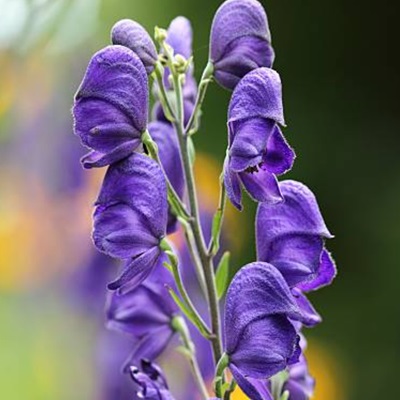
Aconito (Aconitum) Monkshood – Tutta la pianta – Problemi gastroenterici, a dosi elevate, provoca depressione nervosa e cardiaca

Aglio (Allium sativum) – Bulbi germogli fiori e gambi – Problemi gastrointestinali, anemia emolitica, metaemoglobinemia, danni epatici
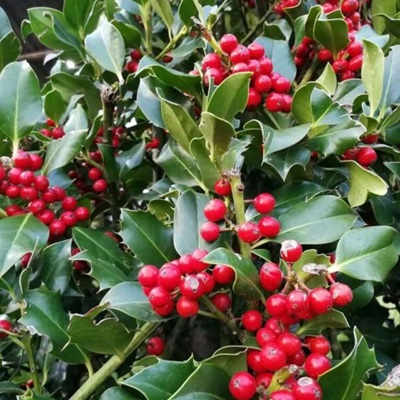
Agrifoglio, Agrifoglio americano ed Agrifoglio inglese (Ilex) – Frutti – Problemi gastrointestinali
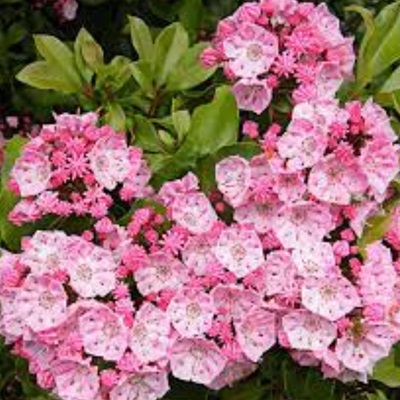
Alloro di montagna – foglie e nettare – Problemi gastrointestinali e neuromuscolari
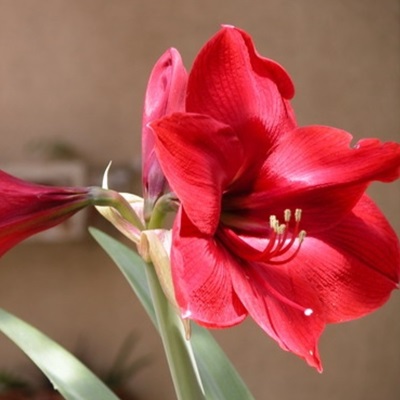
Amarillide – Foglie e fiori – Problemi gastroenterici, a dosi elevate, provoca depressione nervosa e cardiaca. I sintomi sono: vomito, tremori e problemi respiratori

Azalea – Foglie e nettare – Problemi gastrointestinali, neurologici, cardiologici
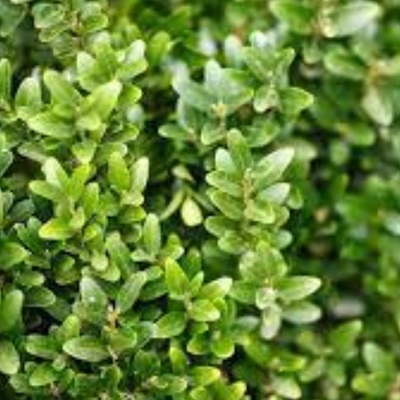
Bosso – Foglie – Problemi gastroenterici
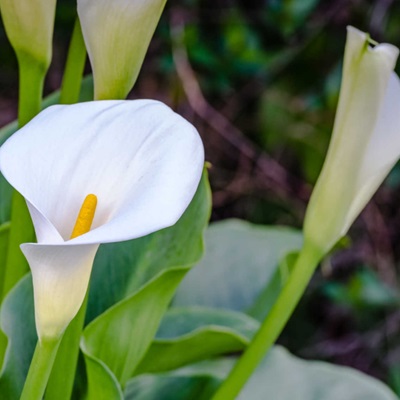
Calla Lily (Zantedeschia Aethiopica) – Foglie – Provoca irritazione cutanea e mucosale
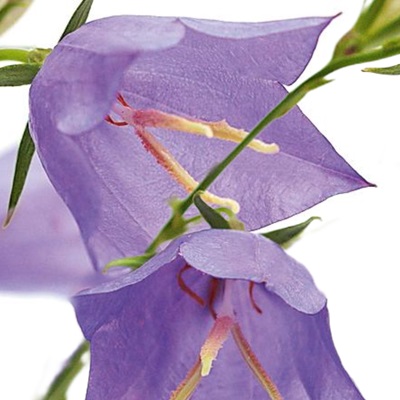
Campanula – Provoca midriasi, disturbi della vista, aritmie, delirio e convulsioni
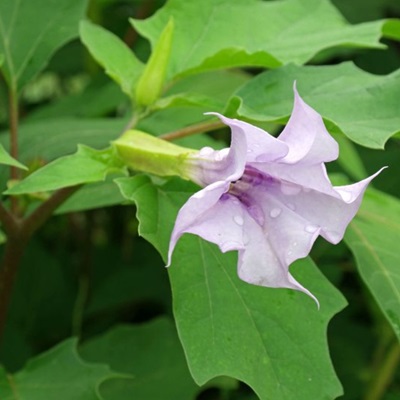
Stramonio – Provoca midriasi, disturbi della vista, aritmie, delirio e convulsioni
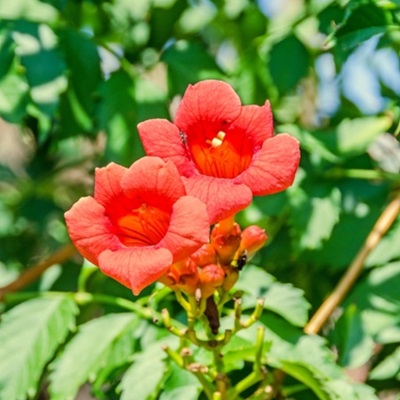
Vite Trombetta – Provoca midriasi, disturbi della vista, aritmie, delirio e convulsioni
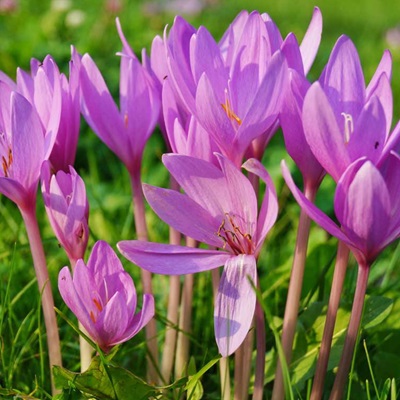
Colchico – Tutta la pianta – Problemi gastroenterici, e paralisi muscolare respiratoria
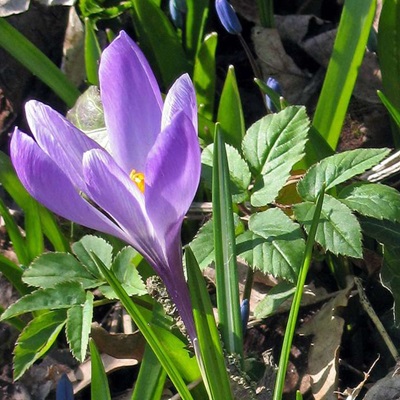
Crocus (Colchicum) – Tutta la pianta – Problemi gastrointestinali, insufficienza renale

Dieffenbachia – Foglie – Irrita bocca, esofago, stomaco, intestino, problemi gastroenterici
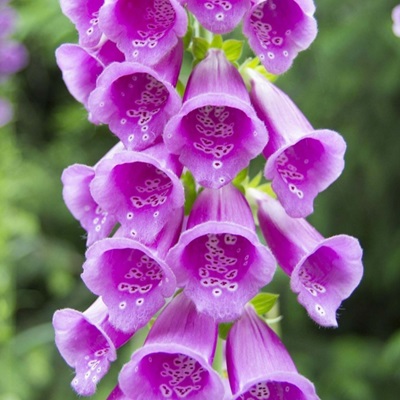
Digitale purpurea (Digitalis purpurea) Foxglove – Tutta la pianta-Problemi gastrointestinali ed aritmie
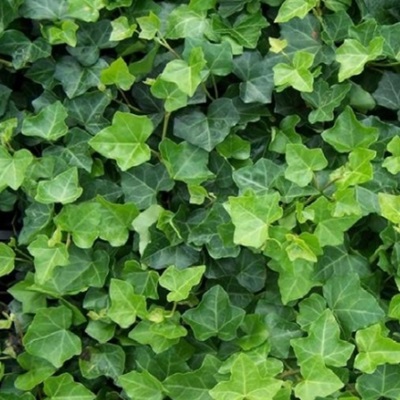
Edera – Foglie e fiori – Problemi gastroenterici, a dosi elevate, provoca depressione nervosa e cardiaca. I sintomi sono: vomito, tremori e problemi respiratori
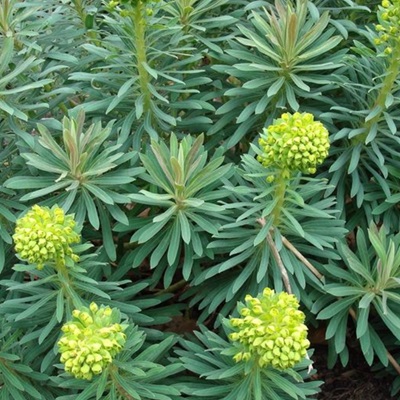
Euforbia (Canidoscolus Stimulosum) – Peli irritanti presenti su foglie e steli-Provoca scialorrea, irritazione buccale, tremori, vomito, dispnea e bradicardia
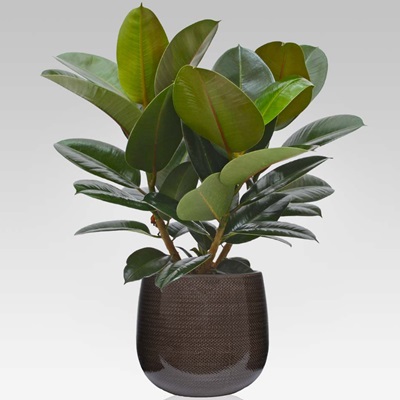
Ficus – Provoca allergie
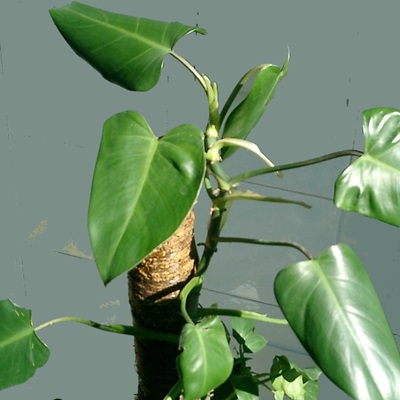
Filodendro – Foglie e fiori – Problemi gastroenterici e infiammazioni alla bocca.
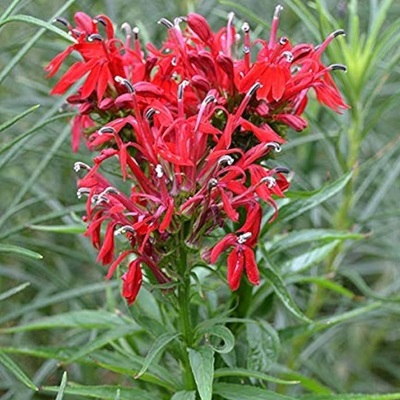
Fiore cardinale – Tutta la pianta – Provoca vomito e sintomi neuromuscolari
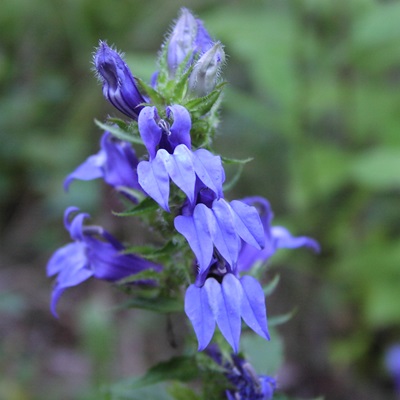
Fiore Blu Cardinale – Tutta la pianta – Provoca vomito e sintomi neuromuscolari
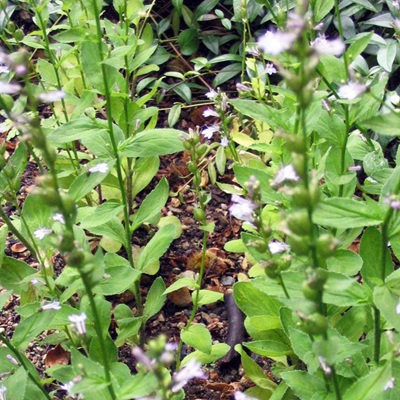
Tabacco Indiano (Lobelia) – Tutta la pianta -Provoca vomito e sintomi neuromuscolari
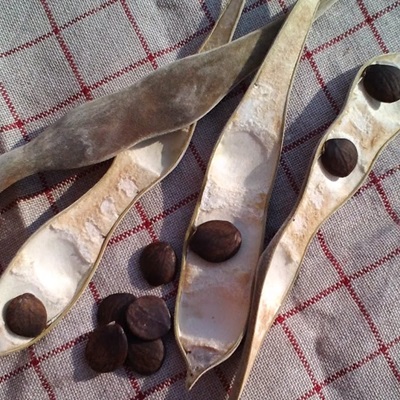
Glicine – Frutti e semi-Problemi gastroenterici, a dosi elevate, provoca depressione nervosa e cardiaca.

Gelsomino (Gelsemium sempervirens) Yellow Jessamine, Evening trumpet flower Carolina Jessamine – Tutta la pianta-Provoca incoordinazione, disturbi della vista, secchezza delle fauci, disfagia, debolezza muscolare, crisi convulsive, insufficienza respiratoria
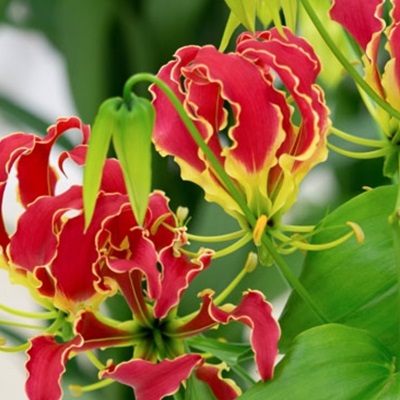
Giglio Gloriosa rampicante – Tutta la pianta – Provoca stomatite, gastrointestinali ed insufficienza renale.
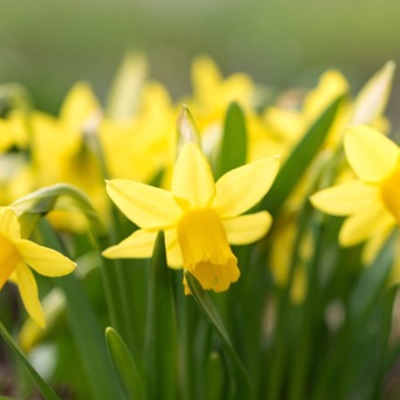
Giunchiglia (Narcissus pseudonarcissus) – Bulbi-Problemi gastroenterici
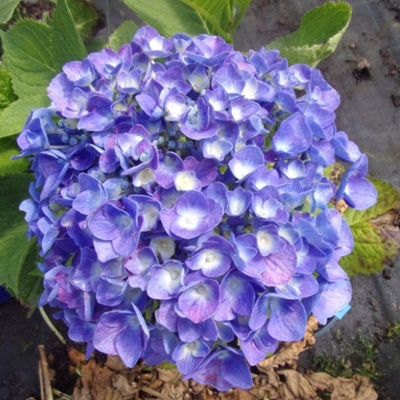
Idrangea (Hydrangea Macrophylla) – Bocciolo del fiore – Provoca vomito, dolori addominali, letargia, cianosi, convulsioni, flaccidità muscolare, incontinenza, coma
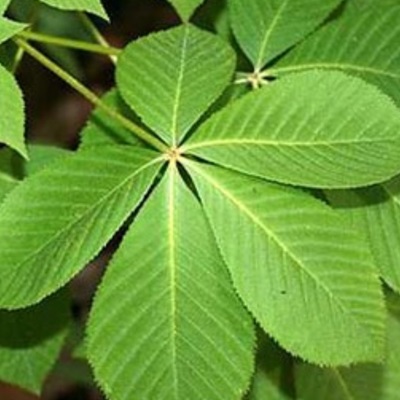
Ippocastano – Frutti e ramoscelli – Provoca vomito e diarrea
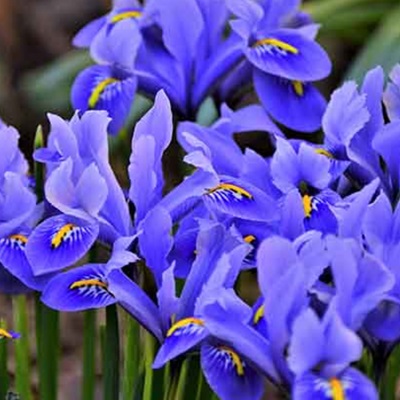
Iris – Bulbi e rizomi – Problemi gastrointestinali
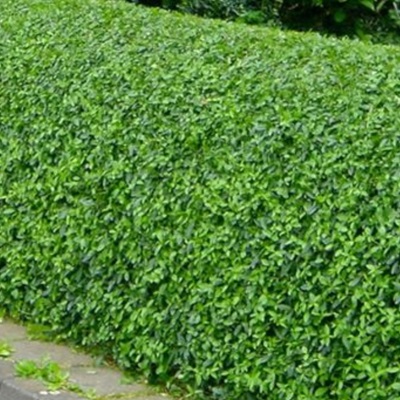
Ligustro (Ligustrum Vulgare) – Tutta la pianta-Problemi gastroenterici
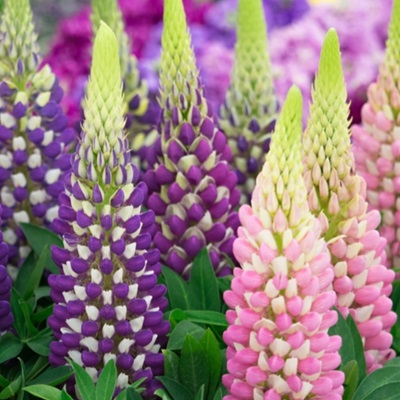
Lupino – Tutta la pianta – Provoca debolezza muscolare, paralisi, depressione respiratoria, convulsioni
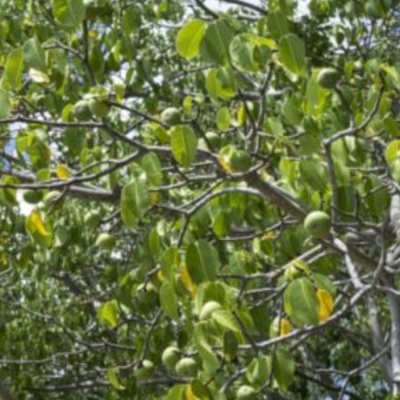
Mancinella (Hippomane mancinella)-Linfa – Provoca stomatite vomito, diarrea emorragica, dermatite, cherato-congiuntivite
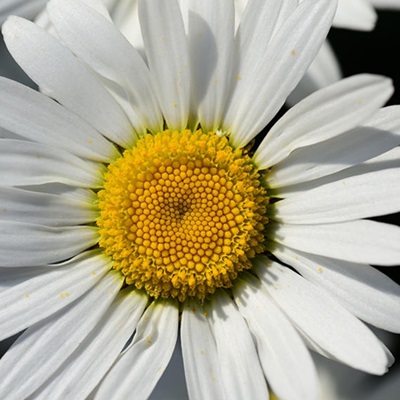
Margherita – Linfa – Provoca dermatite
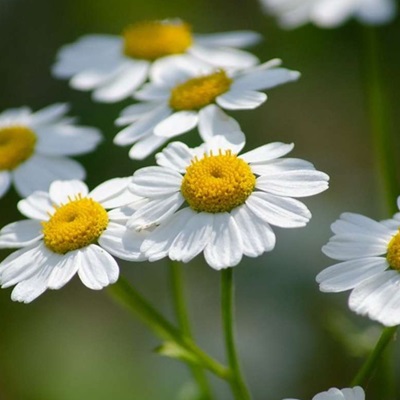
Partenio – Linfa – Provoca dermatite

Marijuana (Cannabis sativa) – Foglie e germogli – Provoca depressione del sistema nervoso centrale e stato confusionale
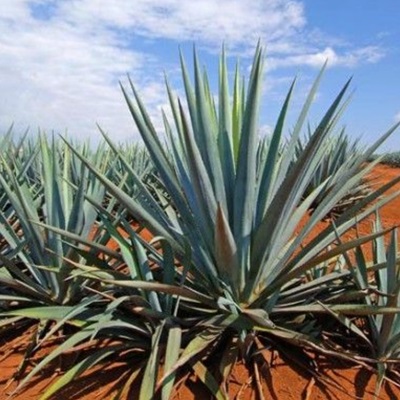
Mescal – Provoca gastroenterite, alterazioni visive, vertigini, allucinazioni, depressione circolatoria
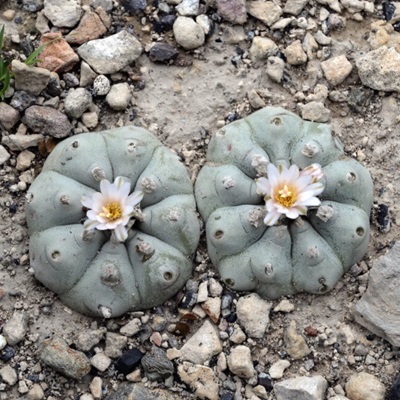
Peyote (Lophophor Williamsii) – Boccioli – Provoca gastroenterite, alterazioni visive, vertigini, allucinazioni, depressione circolatoria

Mughetto (Convallaria Majalis) – Tutta la pianta – Provoca gastroenterici ed aritmie
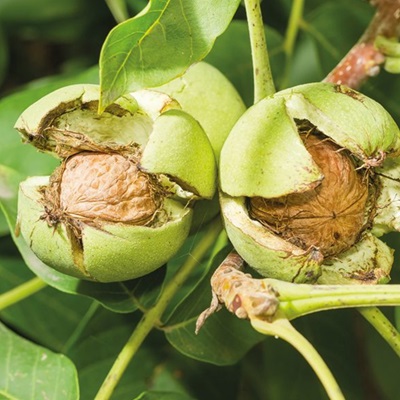
Noce inglese (Juglans Regia) Mallo-Provoca gastroenterite- Provoca gastroenterite
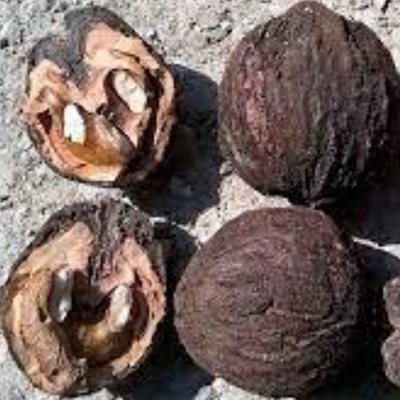
Noce nera (Juglans nigra) – Mallo-Provoca gastroenterite
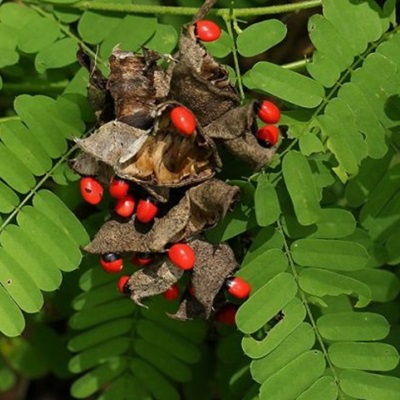
Occhio di Granchio (Abrus Precatorius)-Semi masticati o rotti – Problemi gastroenterici potenzialmente mortali
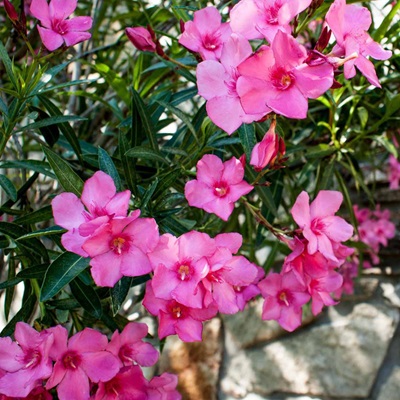
Oleandro – Tutta la pianta – Problemi gastroenterici, provoca depressione nervosa e cardiaca
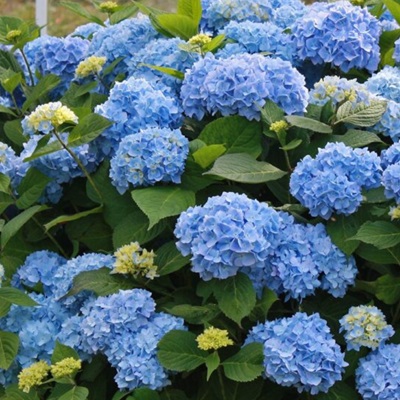
Ortensia– Foglie e fiori – Vomito e diarrea
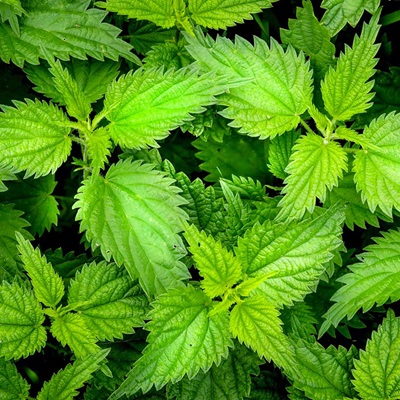
Ortica (Urtica Dioica) – Foglie e piccioli – Provoca scialorrea, irritazione buccale, tremori, vomito, dispnea e bradicardia
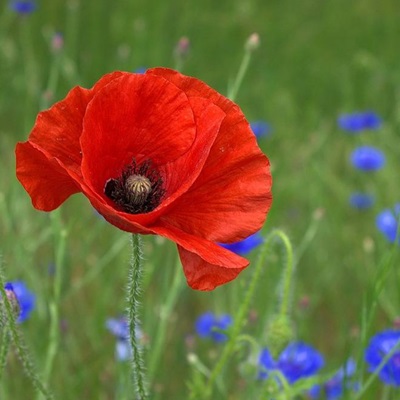
Papavero – Provoca infiammazioni alla bocca.

Pepe della Carolina -Semi- Provoca vomito, atassia, depressione del sensorio, convulsioni e disfunzioni cardiache
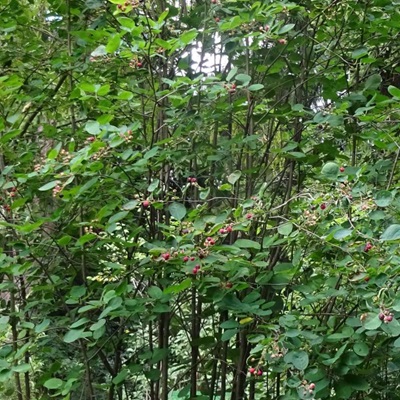
Piè corvino – Linfa – Provoca stomatite, dermatite, gastroenterici, insufficienza renale, incoordinazione, convulsioni
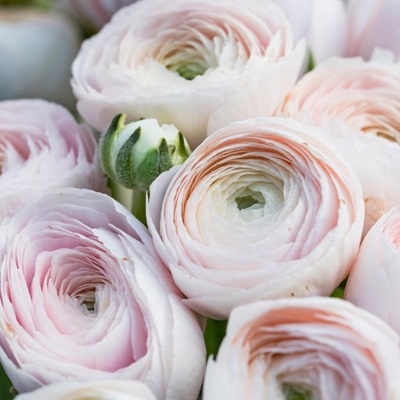
Ranuncolo – Provoca stomatite, dermatite, gastroenterici, insufficienza renale, incoordinazione, convulsioni
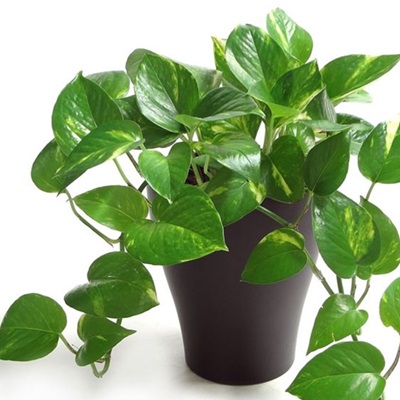
Pothos (scindapsus aureus) – Provoca infiammazioni alla bocca
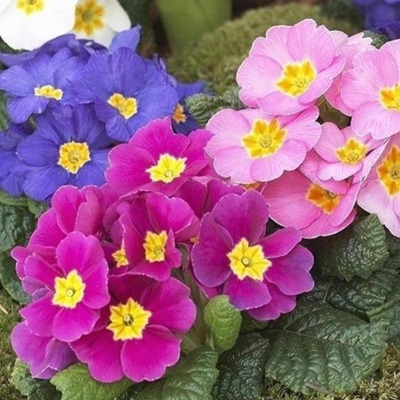
Primula – Provoca gastroenterici e dermatite da contatto
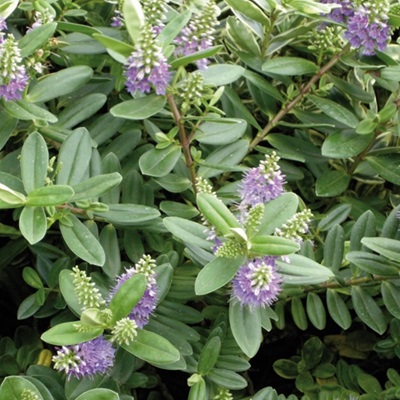
Veronica – Foglie e gambi – Provoca gastroenterici e dermatite da contatto
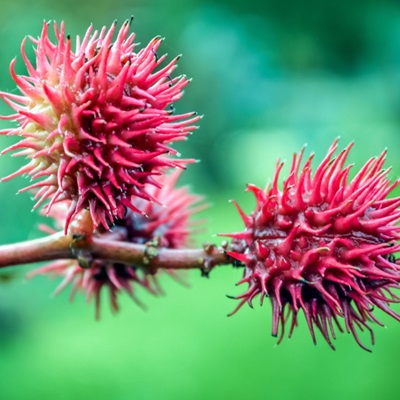
Ricino (Ricinus Communis) – Semi – Provoca gastroenterite, depressione, febbre, dolori addominali, diarrea emorragica, aritmie, convulsioni
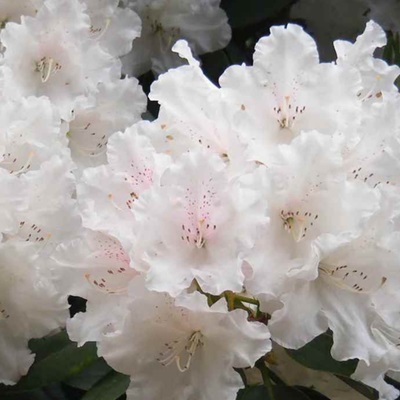
Rododendro-Foglie e fiori – Vomito
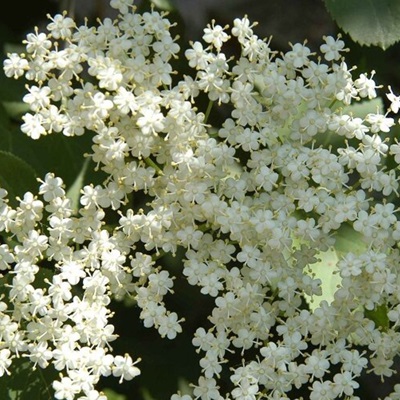
Sambuco – Tutta la pianta – Problemi gastroenterici
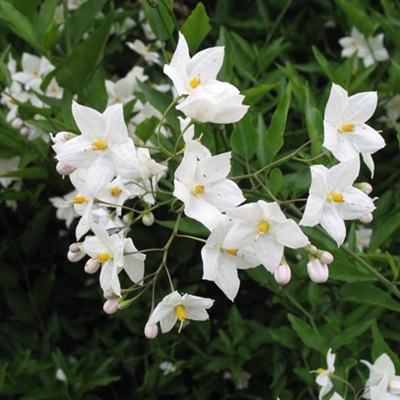
Solano Americano (Phytolacca Americana) -Foglie e radici – Problemi gastroenterici
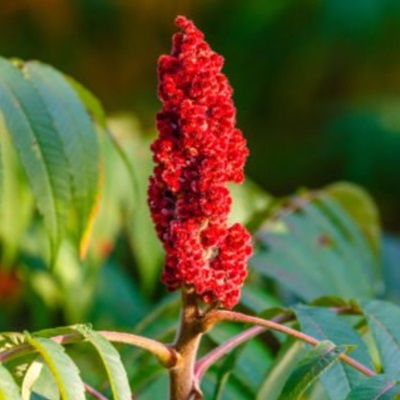
Sommaco velenoso (Rhus Toxicodendron) – Tutta la pianta-Provoca dermatite allergica da contatto
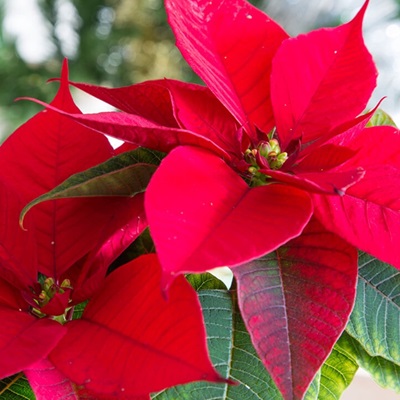
Stella di Natale ( Poinsettia Euphorbia Pulcherrima) e tutte le piante della specie Euphorbia – Foglie, steli, fiori-Irritante per le mucose e su tutto l’apparato digerente: causa lesione agli occhi, alle mucose della bocca allo stomaco e all’intestino. I sintomi sono: vomito, diarrea, infiammazioni della bocca e devono essere curati tempestivamente
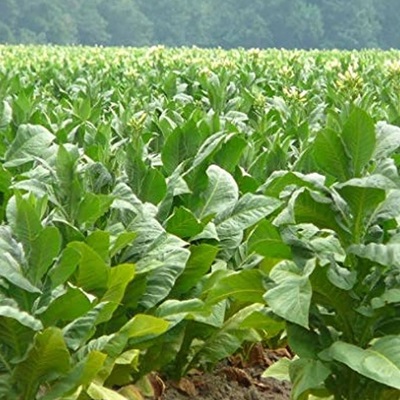
Tabacco (Nicotiana tabacum) – Foglie – Provoca gastroenterite, agitazione, tremori muscolari, andatura ad arti rigidi, atassia, debolezza, prostrazione, dispnea, paralisi, morte rapida
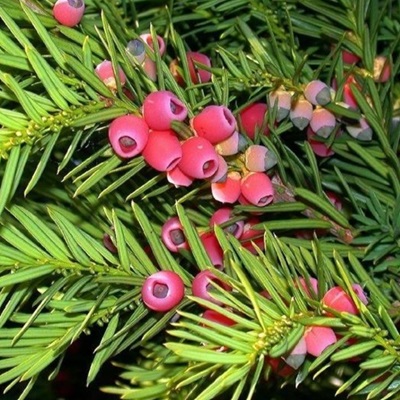
Tasso (Taxus) – Gran parte della pianta – Provoca incoordinazione, secchezza delle fauci, midriasi, dolori addominali, vomito, scialorrea, cianosi, debolezza, coma, aritmie, insufficienza cardiorespiratoria
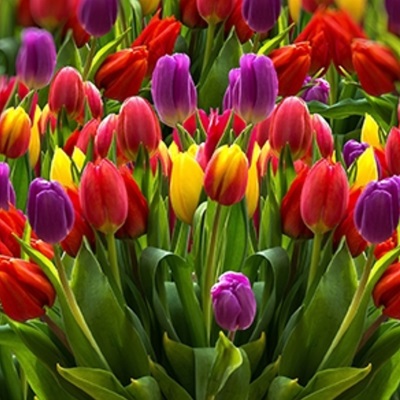
Tulipano – Bulbi – Provoca gastroenterite
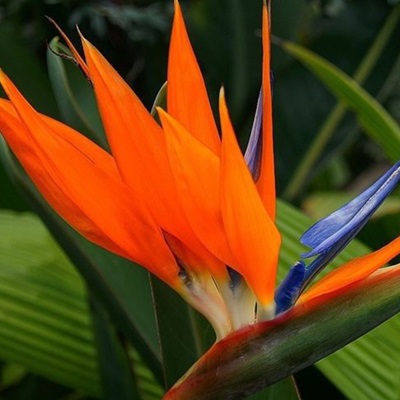
Uccello del Paradiso (Strelitzia reginae) -Semi – Provoca vomito e diarrea

Vischio (Viscum album) – Tutta la pianta – Provoca nausea, vomito e gastroenterite.
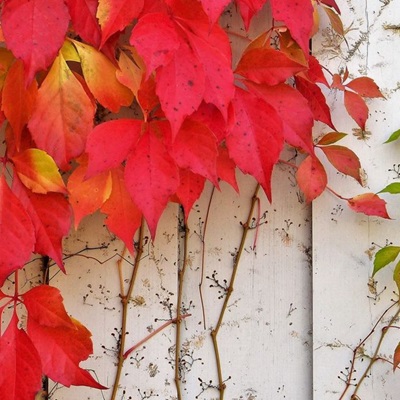
Vite americana – Tutta la pianta – Provoca infiammazioni alla bocca
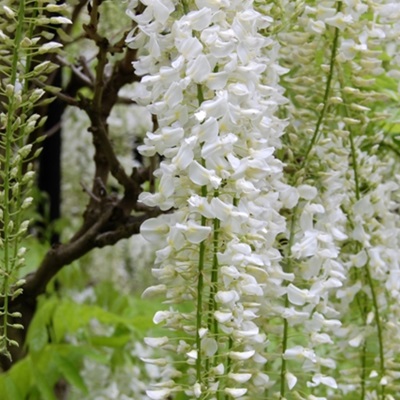
Wisteria – Tutta la pianta – Provoca gastroenterici
COME ALLONTANARE I NOSTRI GATTI DA VASI E PIANTE
1) OLI ESSENZIALI
Alcuni oli essenziali non sono graditi ai gatti per via del loro forte profumo e possono dunque essere impiegati per allontanarli dalle piante. È possibile preparare dei batuffoli di cotone da posizionare alla base delle piante in vaso. Dovranno essere imbevuti con olio essenziale di rosmarino, di citronella, di arancio, di cannella o di lavanda. Il rimedio è valido anche per gli spazi della casa, come mobili e armadi.
2) BOTTIGLIE D’ACQUA
All’entrata dell’orto o vicino alle piante da proteggere è possibile posizionare delle bottiglie di plastica trasparente piene d’acqua. Pare che i gatti siano infastiditi dai riflessi luminosi che possono comparire sulle bottiglie, soprattutto quando vengono colpite dai raggi del sole. Altri sostengono che sia proprio la vista dell’acqua a spaventare i gatti. Dato che il rimedio è molto semplice, tentar non nuoce.
3) ERBA GATTA
L’erba gatta sembra nata appositamente per i gatti, che la amano in modo particolare. Molti gatti ne sono davvero ghiotti. Inoltre, l’erba gatta può aiutare il loro organismo nella digestione. Come allontanare i gatti dalle altre piante? Posizionando un vaso di erba gatta in giardino o sul balcone, in modo tale che i gatti siano attirati proprio dalla loro erba preferita e non dalle altre piante.
4) FONDI DI CAFFÈ
I gatti non sopportano l’odore del caffè. È possibile utilizzare del caffè in polvere da utilizzare per cospargere dei sottovasi da inserire al di sotto delle piante, o delle ciotoline da posizionare vicino ai vasi sul balcone. Non utilizzare caffè fresco, ma i fondi di caffè recuperati dalla caffettiera.

